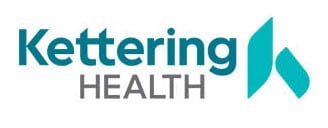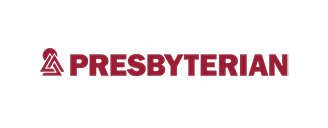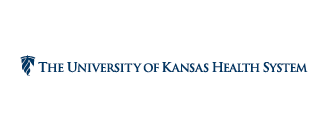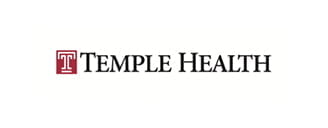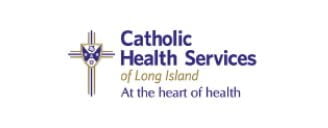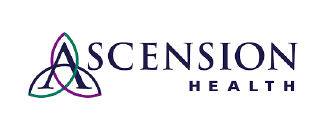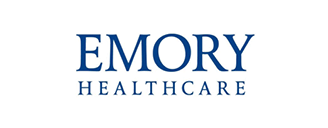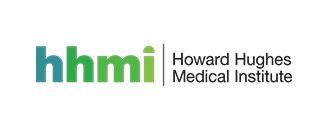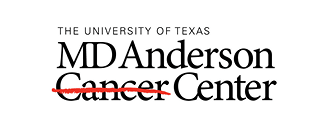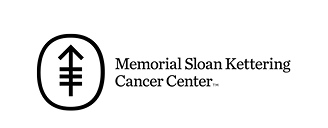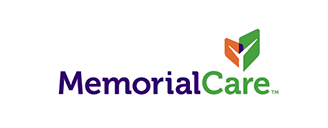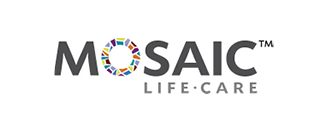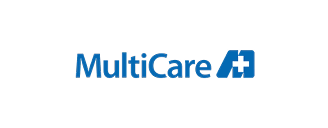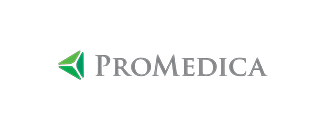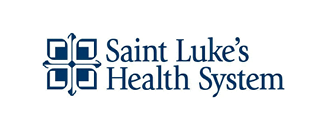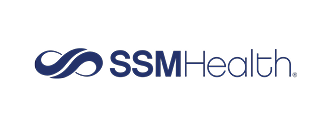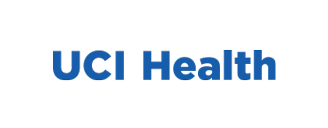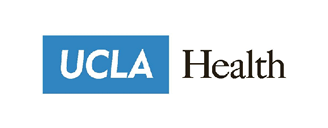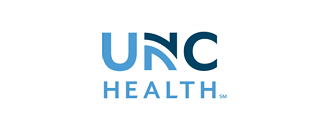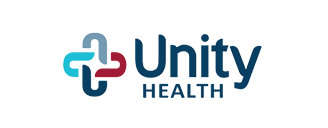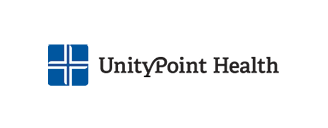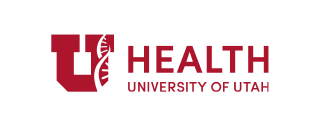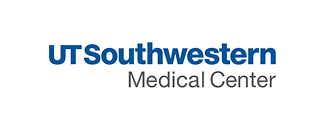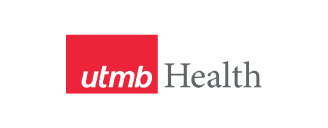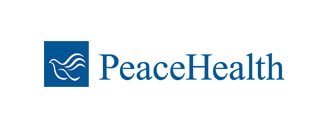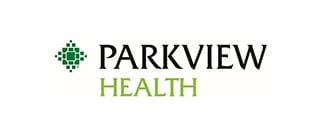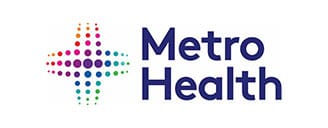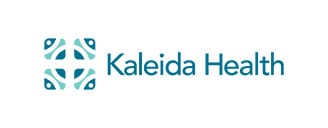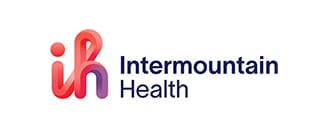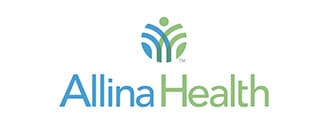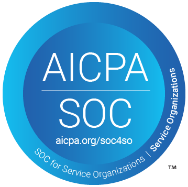Expansion Into Non-Acute Healthcare Settings
As patients are gravitating to non-acute healthcare options in the wake of the COVID-19 pandemic, hospital leaders are embracing the likes of outpatient clinics, ambulatory service centers, and long-term care facilities.
These non-acute options can be more convenient for patients while allowing providers to better manage outcomes across the continuum of care. Additionally, they amount to a new, highly profitable source of revenue for health systems; non-acute sites tend to have EBITDA margins of 15% to 25% compared to 8% to 10% for acute and post-acute facilities, according to the consulting firm McKinsey.
The growth of these non-acute options comes as hospitals’ share of overall provider revenue is expected to drop from 47% in 2019 to about 44% by 2025, per McKinsey. Over the same period, the share of home and ambulatory sites is expected to increase by about 1% to 2%.
This evolving landscape represents a unique opportunity for superior, cost-effective care.
Streamlining Non-Acute Supply Chain Operations
While the momentum for non-acute care is promising, a blind spot remains: the limited visibility into supply chain processes at these non-acute sites. Providers often find themselves tethered to archaic systems, including physical documents and fax machines.
Critical access and non-acute facilities are underserved and struggling with the same challenges, while pharmacy is affected by complexity and lack of control when shipping prescriptions.
Smart supply chain platforms are a key solution, offering unparalleled transparency in pricing and freight management, translating to substantial savings for healthcare entities of all sizes. The integration of data analytics further amplifies the potential for continued cost savings.
A look at how technology and data can support non-acute settings:
Provide Access to Information
Working within the same EHR ensures access to a patient’s complete medical history to make informed decisions—whether you’re in the hospital, ambulatory surgery center, or long-term care facility.
Support Collaboration
Determining standard operating procedures for communication using your HIPAA-compliant tools keeps your teams connected. Whether it’s messaging in the EHR or emailing through a secure client, think through the instances that drive the need for communication and use technology to create the space.
Level Up Shipping Operations
As intranetwork shipping and healthcare-at-home increase, the demand for a quality shipping solution that controls cost and provides visibility into the status of shipments is critical.
By integrating technology and insights into these facilities, the healthcare industry can advance towards a future where patient care is not just efficient, but also tailored, transparent, and effective. Providers can more efficiently incorporate non-acute settings, achieve greater visibility, and reduce overall variability in care delivery at non-acute facilities.
Technology allows smaller hospitals, surgery centers, and pharmacies to function with the acumen and sophistication associated with IDNs, supporting a truly resilient supply chain.
Not Sure Where to Start?
At VPL, we specialize in smart supply chain solutions specifically for the healthcare industry.
Schedule a demo to see how we can support your expansion into non-acute healthcare settings.
